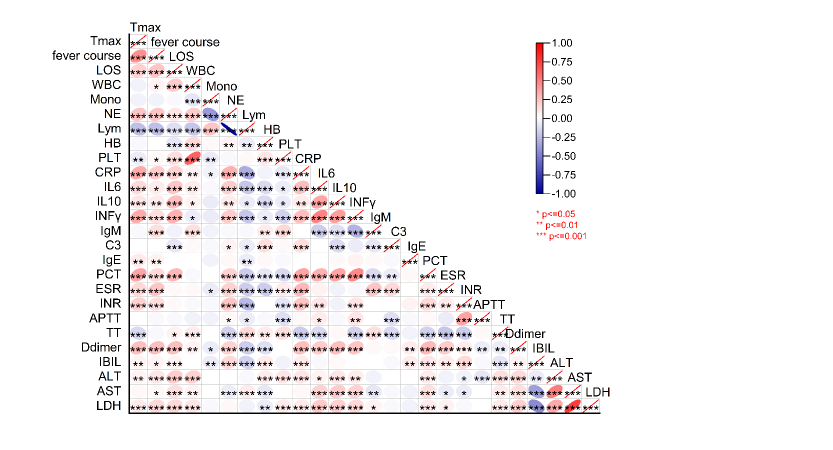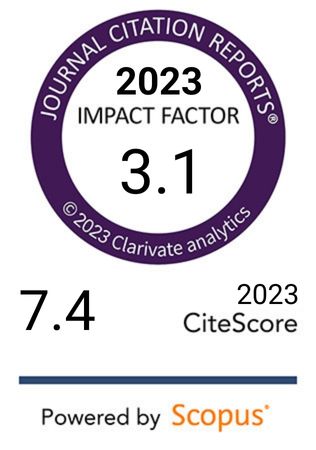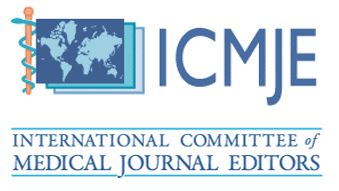Clinical profile and risk factors for respiratory failure in children with Mycoplasma pneumoniae infection
DOI:
https://doi.org/10.17305/bb.2024.11641Keywords:
Mycoplasma pneumoniae, MP, respiratory failure, clinical disease prediction modelAbstract
Mycoplasma pneumoniae (MP) is a common cause of community-acquired pneumonia (CAP) in children and can lead to severe complications, including respiratory failure. A retrospective analysis of 2084 children diagnosed with CAP and treated in our hospital from January 2022 to January 2023 was conducted. A comprehensive dataset of patient demographics, clinical symptoms, and laboratory findings was initially assembled. Subsequent statistical analyses were carried out to elucidate the clinical characteristics of MP pneumonia (MPP) in children. Additionally, the study identified high-risk factors for respiratory failure in the context of MPP. Among the hospitalized MPP cases, 15.8% progressed to respiratory failure. Statistical analysis identified D-dimer level as a significant risk factor for respiratory failure in children with MPP. A predictive model was developed using D-dimer levels, yielding an area under the curve (AUC) of 0.818 with a cutoff value of 1.015 mg/L. The model demonstrated a sensitivity of 62.4% and a specificity of 91.3%, proving effective in predicting respiratory failure caused by MPP. Respiratory failure remains a critical complication in children with MPP, and D-dimer levels serve as a key predictive risk factor. Vigilant monitoring of coagulation function, particularly D-dimer levels, is essential for the early identification of patients at risk of developing respiratory failure in MPP cases.
Citations
Downloads

Downloads
Published
Issue
Section
License
Copyright (c) 2025 Yanfei Wang, Limin Huang, Junjie Qian, Kelei Deng, Zihao Yang, Zhenjie Chen, Wei Li, Linhua Tan

This work is licensed under a Creative Commons Attribution 4.0 International License.









